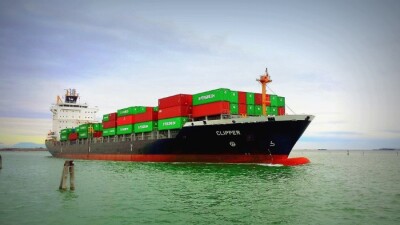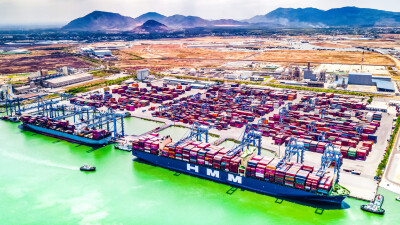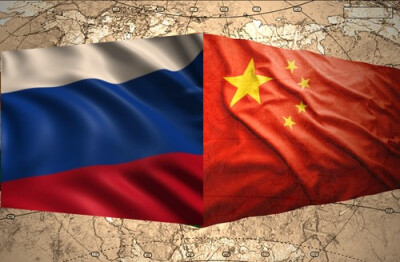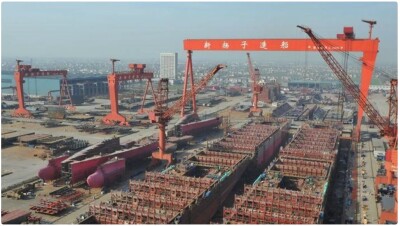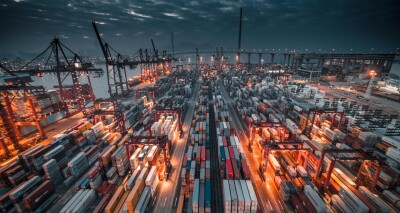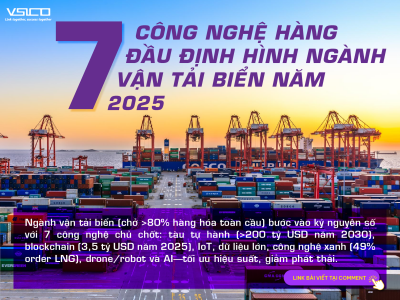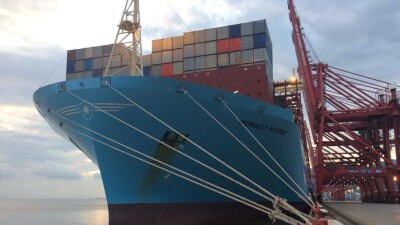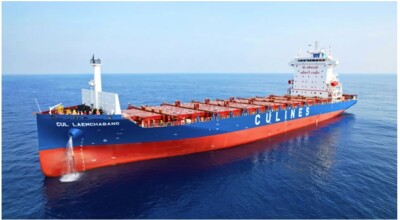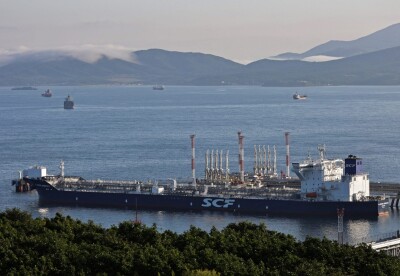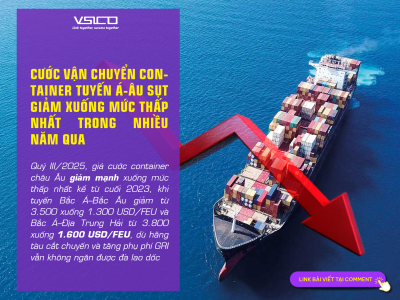The US and China port fees: a comparison
Differential port fees – a new chapter in the US-China trade war
In the last few months, we have seen the advent of a new chapter in the US-China trade war and perhaps the start of a new trend. Following an
announcement
by the US Trade Representative in April 2025 of various additional port charges that would be imposed on vessels with links to China, the
Chinese followed suit
in October 2025 by announcing tit-for-tat port charges on vessels with links to the US. Both states introduced the promised fees on 14 October 2025. The fees in each state are levied on incoming vessels on the basis of where the vessel was built and the country with which it is associated. While tariffs on imports based on the country of origin are familiar, employing port fees as a geopolitical tool based on a vessel’s associations with a particular country is new and unprecedented.
Ambiguities in the regulations
The novelty of this type of charge is exacerbated by the fact that there are many ambiguities concerning how these fees will be applied. The general shape of the intended US measures and Chinese countermeasures have been known for some time, but as always, the devil is in the detail. In relation to the USTR measures, industry parties have been seeking clarifications as to how the linkage to China will be assessed, particularly in relation to how “ownership” and “vessel operator” are determined. The USTR issued a
memorandum
on 10 October 2025 that clarified some points and signposted some modifications, but it is not the widely-awaited FAQ they had promised to release, and it does not address these important issues. In relation to the Chinese measures, the Ministry of Transport published the official Implementation Measures Notice on 14 October 2025 (
Chinese announcement
and
English translation courtesy of BIMCO
) but the definition of “vessel operator” remains unclear. Given that the Chinese regulations were really a response to the US regulations, it is reasonable to surmise that if the US gives these terms a broad interpretation, China will do the same.
Near-symmetrical measures
The Chinese port fees are clearly in reaction to the USTR port fees. They were brought into effect following revisions to the Chinese International Maritime Transport Regulations which allows China to respond where “a country or region adopts, assists or supports discriminatory restrictions against operators, ships or crew members of China”. China has also based much of the wording of its Special Port Fees on the USTR s.301 Notice of Action for the special port fees and its subsequent modifications. The Chinese regulations largely mirror the US regulations, even down to the lack of clarity as to how “ownership” and “vessel operator” are defined.
In this context, we think it useful to compare the US and Chinese measures to highlight their similarities and their differences. We have added commentary from Gard that is based on our own analysis or information we have collated from our industry sources, which does not come from an “official” announcement by the US or China.
*Guidance and instructions from the China Shipowners Association
herePay.gov - Section 301 Chinese Vessel FeesFederal Register :: Restoring America's Maritime Dominance
Charterparty clauses
Without a clause dealing with these specific port fees in the charterparty, there will be uncertainty as to which party has the ultimate liability for them. Owners will no doubt argue that the fees are being incurred because the vessel is being ordered to that port, while charterers will argue that the port fees are a result of the characteristics of the vessel or of the owners or perhaps another company further up the chain. Port charges are often the responsibility of time charterers (e.g. under NYPE 1993) or owners under voyage charters (e.g. all dues, charges and taxes customarily levied on the Vessel under GENCON 1994). However, it is not clear whether the new differential port fees charged by the US and China would fall within the type of port charges or customary fees normally covered by these clauses.
Conclusion
In a statement on 14 October 2025, China’s Ministry of Commerce said, “If the US chooses confrontation, China will see it through to the end; if it chooses dialogue, China’s door remains open.” Judging by events in US-China trade relations since the beginning of 2025, it certainly seems that the world’s two leading economic giants are capable of dialogue, but whether they are capable of reaching an accord remains to be seen. What is certain is that a new precedent has now been set in using port fees in a manner analogous to tariffs.
Gard is closely monitoring developments in this space through the collaborative efforts and knowledge sharing of our Defence lawyers and claims handlers throughout our global offices, with the support of our extensive network of local correspondents in the US and China. Our members and clients are encouraged to contact us at any time with enquiries, and we would more than happy to assist as best as we can.
News




